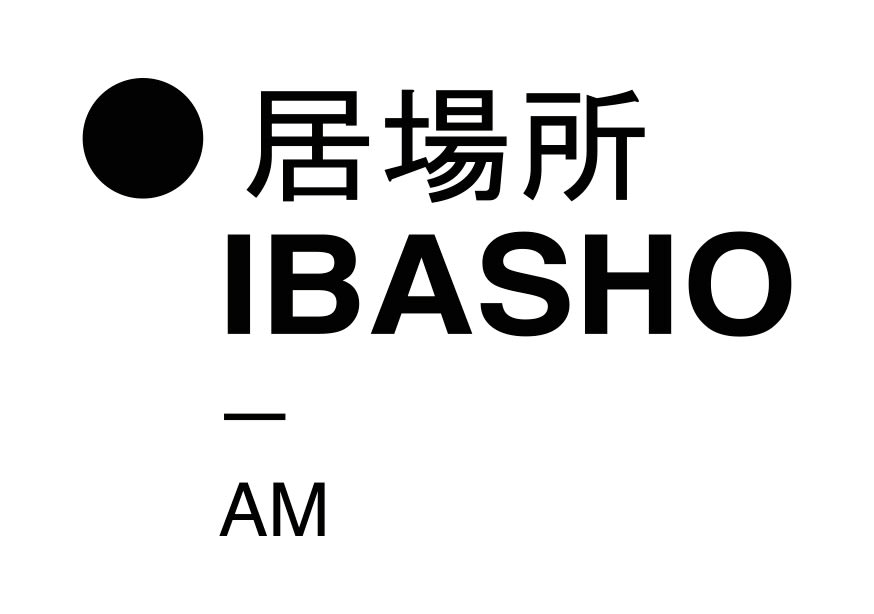Ken Domon (25 October 1909 – 15 September 1990) was one of the most renowned Japanese photographers of the 20th century. He is most celebrated as a photojournalist, though he may have been most prolific as a photographer of Buddhist temples and statuary. Domon was born in Sakata, Yamagata Prefecture. He studied law at Nihon University, but was expelled from the school due to his participation in radical politics. He moved from painting to portrait photography, and obtained a position with Kotaro Miyauchi Photo Studio in 1933. In 1935 he joined Nippon Kōbō to work on its magazine Nippon. Four years later he moved to Kokusai Bunka Shinkōkai, a national propaganda organization; like Ihei Kimura and many other notable Japanese photographers, he helped the war effort.
In 1938, the reportage by Domon following the Minister for Foreign Affairs at that time, Kazushige Ugaki, was published in a Japanese magazine "Fujin Gaho" and in American "Life" magazine.
With the end of the war, Domon became independent and documented the aftermath of the war, focusing on society and the lives of ordinary people. He became known as a proponent of realism in photography, which he described as, 'an absolute snapshot that is absolutely not dramatic.' He was a prolific contributor to photographic magazines, revived or started afresh through the early 1950s. With Kimura, Hiroshi Hamaya and others, he rejected posed and other artful photographs; in his polemics in the photographic magazines, Domon was the most forceful exponent of this view. He famously defined his goal as 'the direct connection between camera and motif.'
Among Domon's most powerful images are those taken in the first decade or so after the war, particularly those of the survivors of the atomic bombing of Hiroshima, the life and particularly the children in a poor coal-mining community in Chikuhō, Kyūshū), and the improvised play of children in Kōtō, Tokyo.
In 1958 Domon was awarded the Mainichi Photography Award and the Photographer of the Year Award from the Japan Photo Critics Association. He was given the Award of Arts award from the Ministry of Education in 1959 and the Japan Journalist's Congress Award in 1960.
Domon suffered strokes in 1960 and 1968, which eventually prevented him from holding a camera and confined him to a wheelchair. This did not deter him from photography, and in documenting the traditional culture of Japan. He traveled energetically around the country, photographing its Buddhist temples in what would become an imposing series of luxuriously produced books. In 1963 he began work on the major work of his life, Koji junrei (1963–1975). Concerning his photographs of Japan's traditional culture, Domon wrote, 'I am involved with the social realities of today, at the same time that I am involved with the traditions and classical culture of Nara and Kyoto, and these two involvements are linked by their common search for the point in which they are related to the fate of the people, the anger, the sadness, the joys of the Japanese people.' Domon's method of photographing these temples was to stay at the location for a time before taking the first photo. He would then begin photographing based not on a systematic, scholarly approach to the subject, but based on how his feelings towards the subjects moved him to record them.
In 1976 Domon was completely incapacitated by a third stroke, and he died in Tokyo on 15 September 1990. In 1981 Mainichi Newspapers established the annual Domon Ken Award in celebration of the 110th birthday of the Mainichi Shimbun; two years later, the Domon Ken Photography Museum was opened in Sakata.

